Your cart is currently empty!
Salmonella on Your Cutting Board? What Science Says About Plastic and Wooden Chopping Boards
Have you ever stopped to think about what germs grow on your chopping board? If you are preparing meat and vegetables on the same board, your boards could be contaminated with bacteria like Salmonella without your knowledge.
A study by Catherine Fugaban Hizon from Cagayan State University, Philippines uncovered eye-opening data on bacterial contamination on cutting boards. The study compared microbial load, especially Salmonella, found in plastic and wooden chopping boards collected from homes. This article explores the science about kitchen hygiene and whether you should stick to your plastic boards or switch to wood.
The research aimed to determine the total bacterial load on used plastic and wooden chopping boards made from tamarind wood. The aim was to detect the presence of Salmonella and other Enterobacteriaceae. The analysis included cultural, morphological, and biochemical characteristics of the bacteria using multiple techniques like nutrient agar, MacConkey agar, Salmonella-Shigella agar, and triple sugar iron tests. The study spanned three days of sample collection from real households.
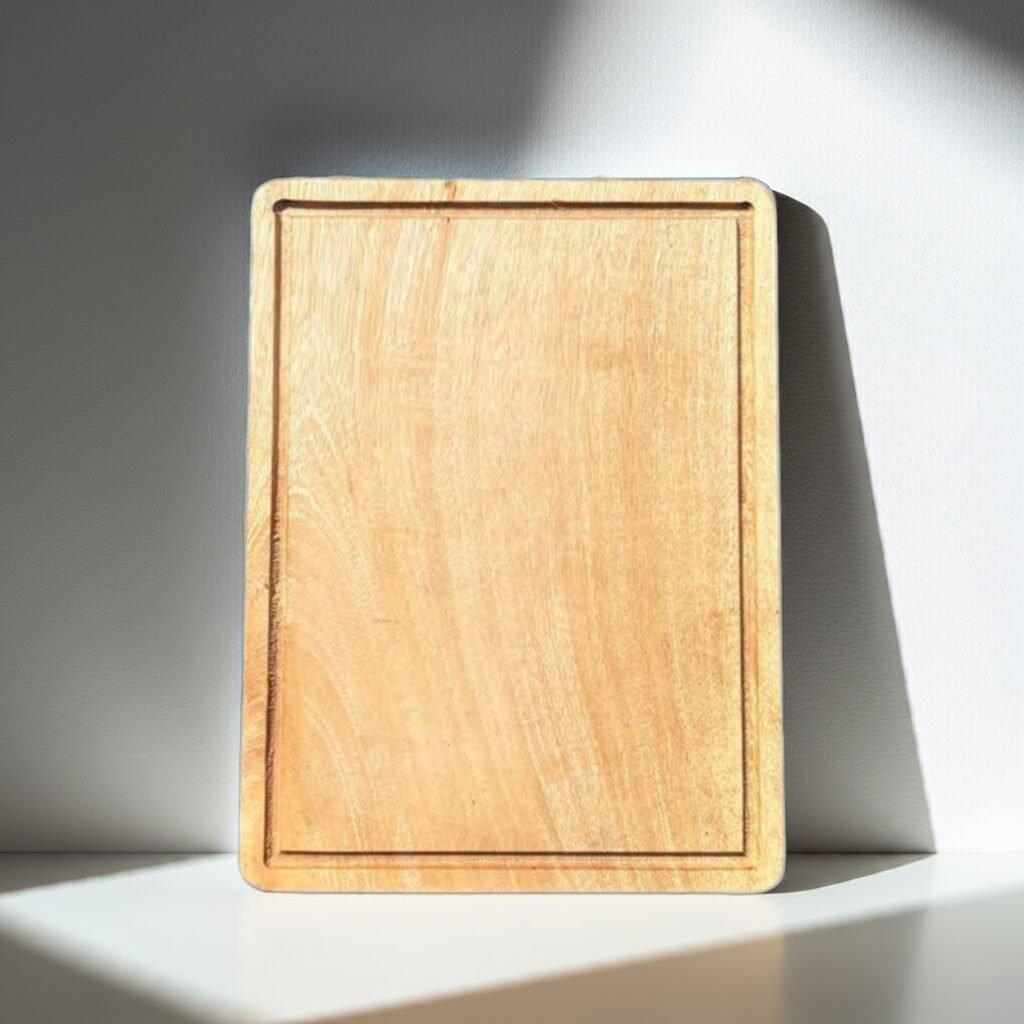

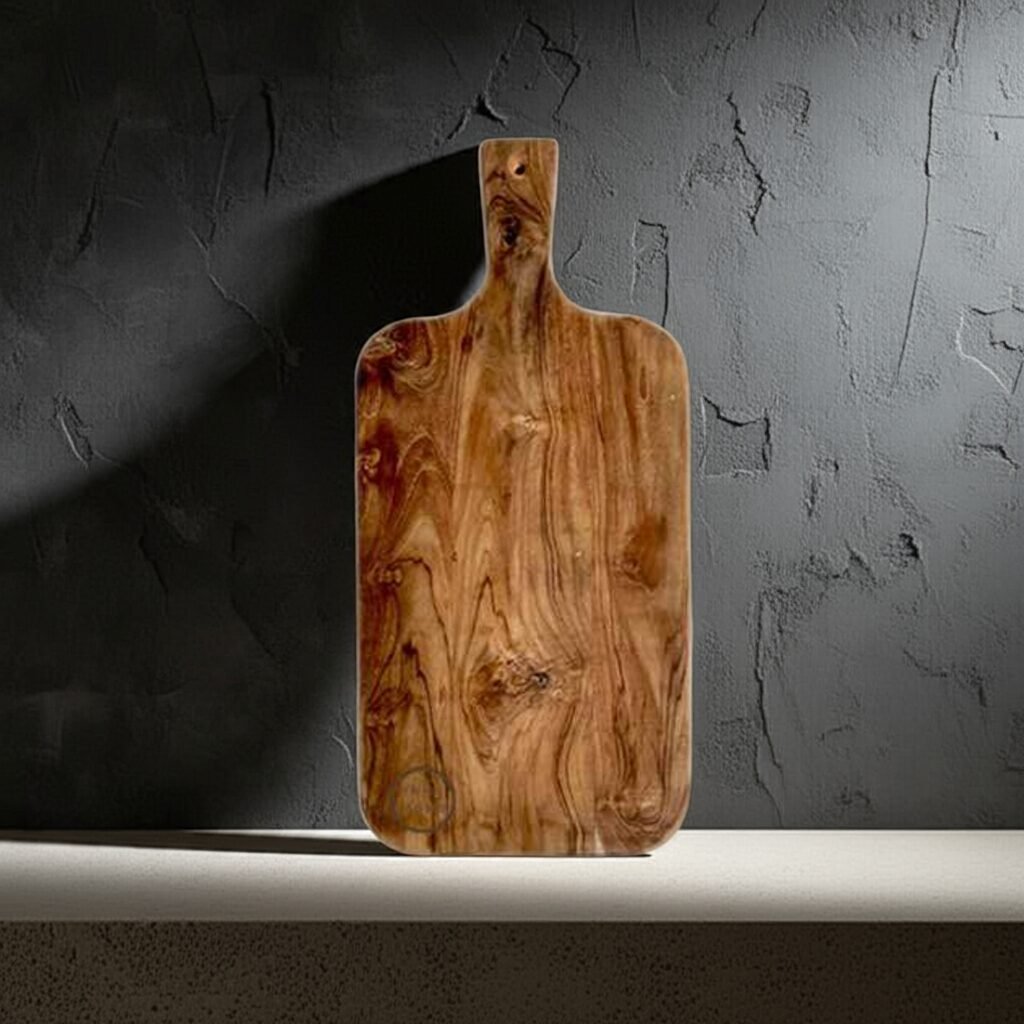

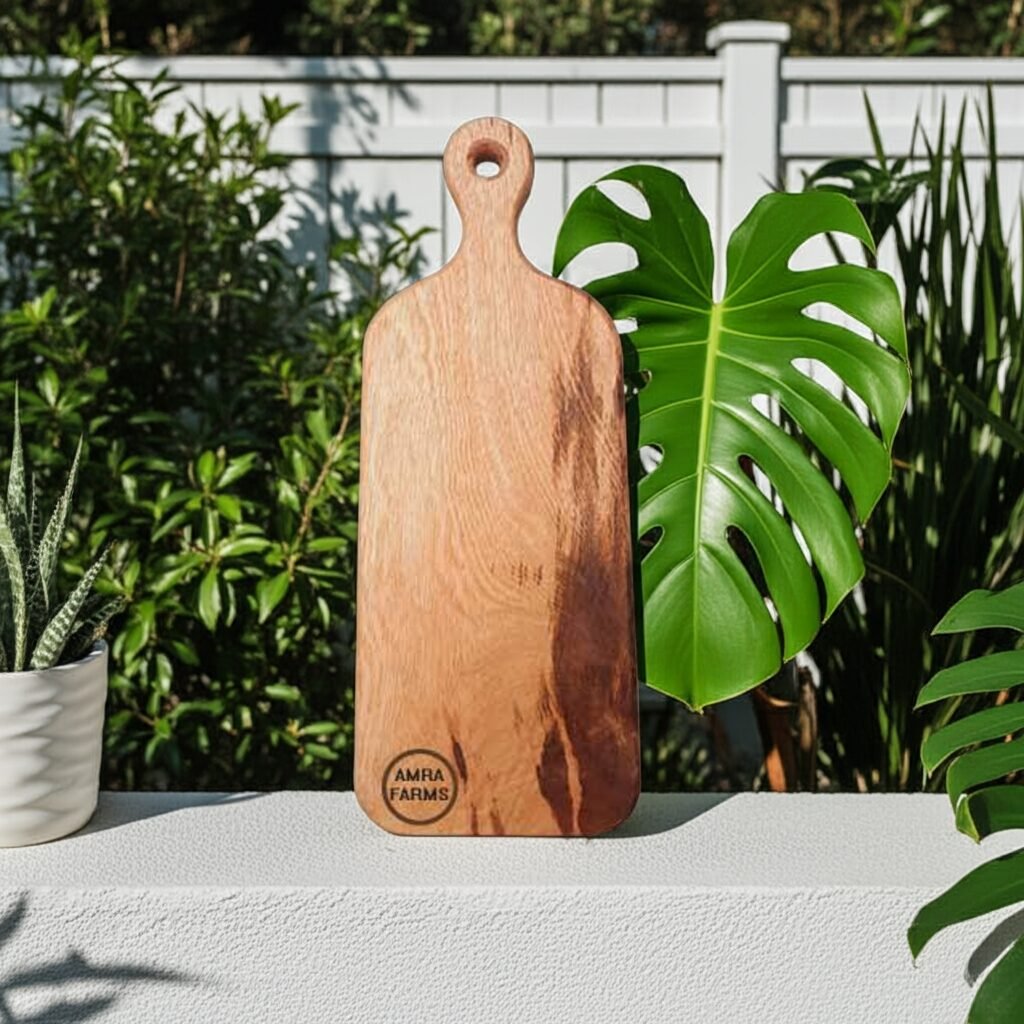
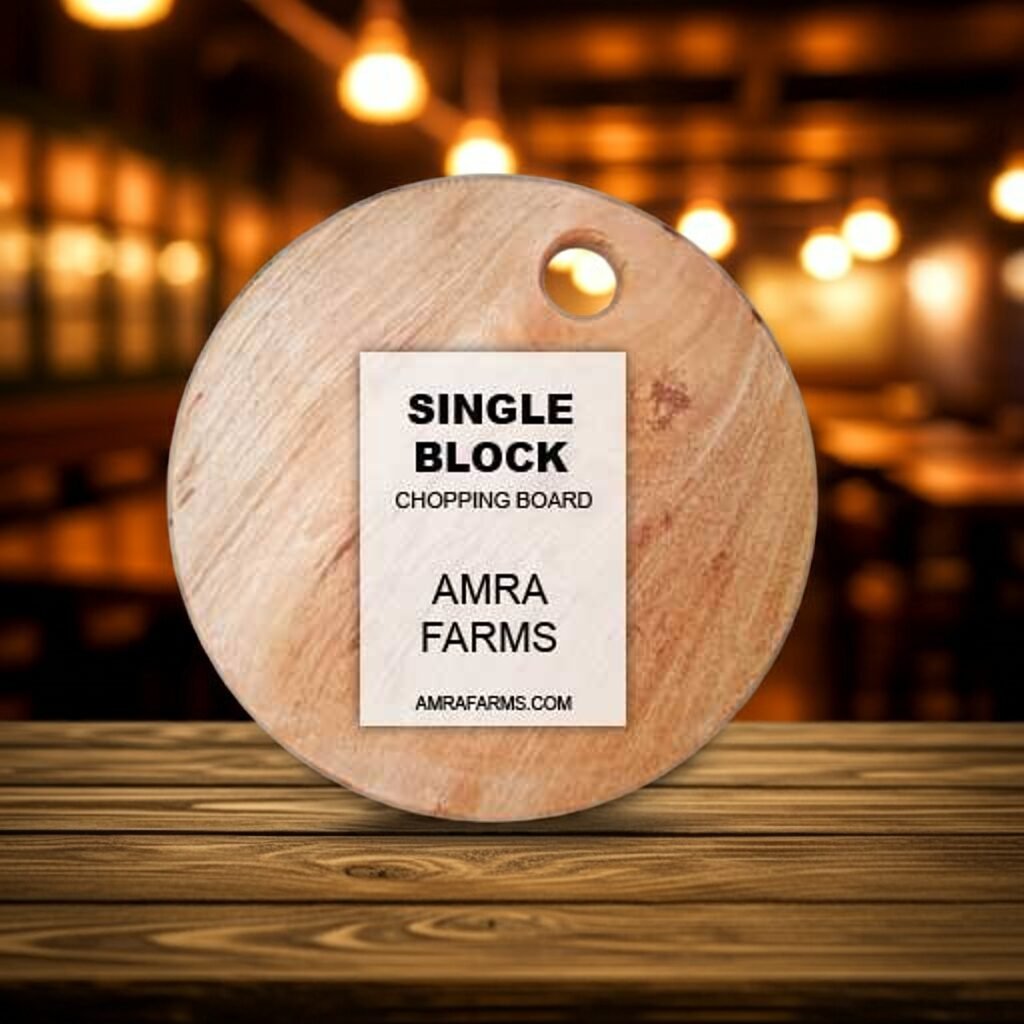
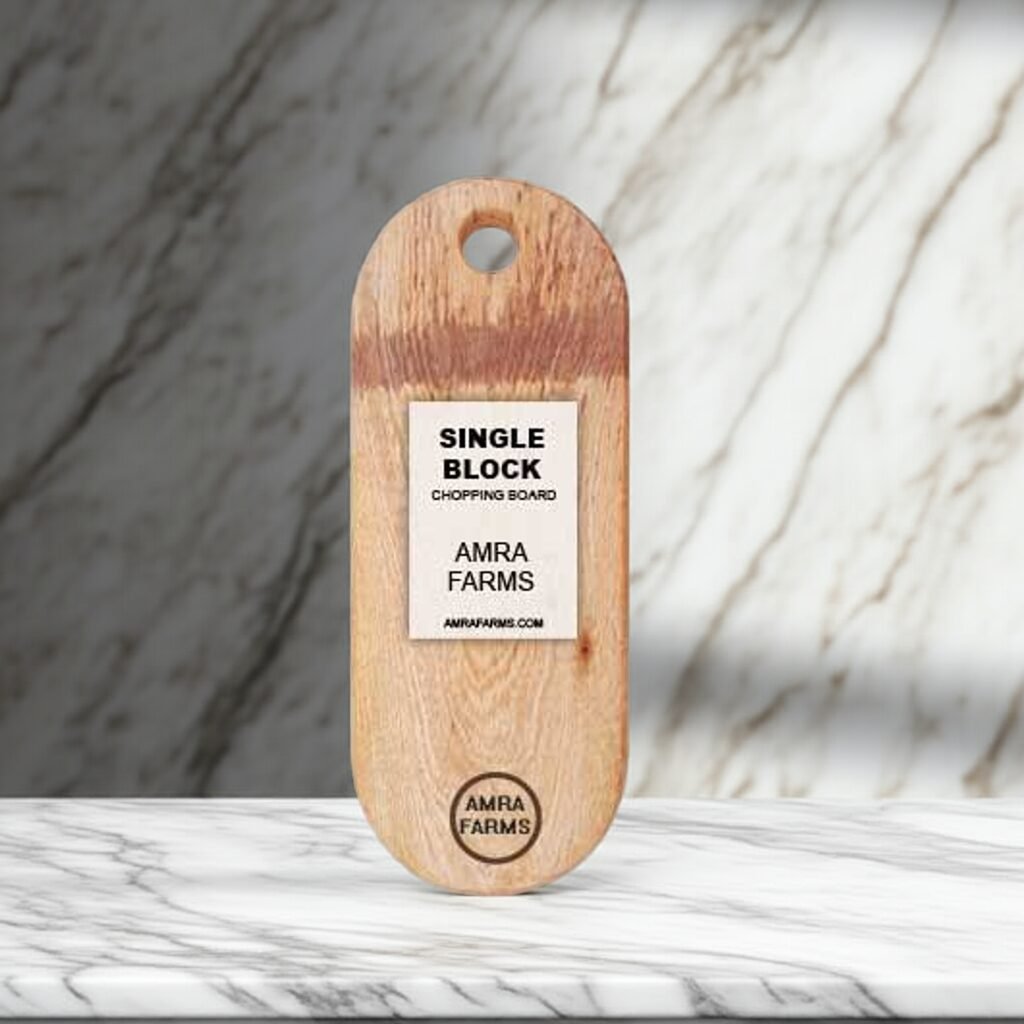
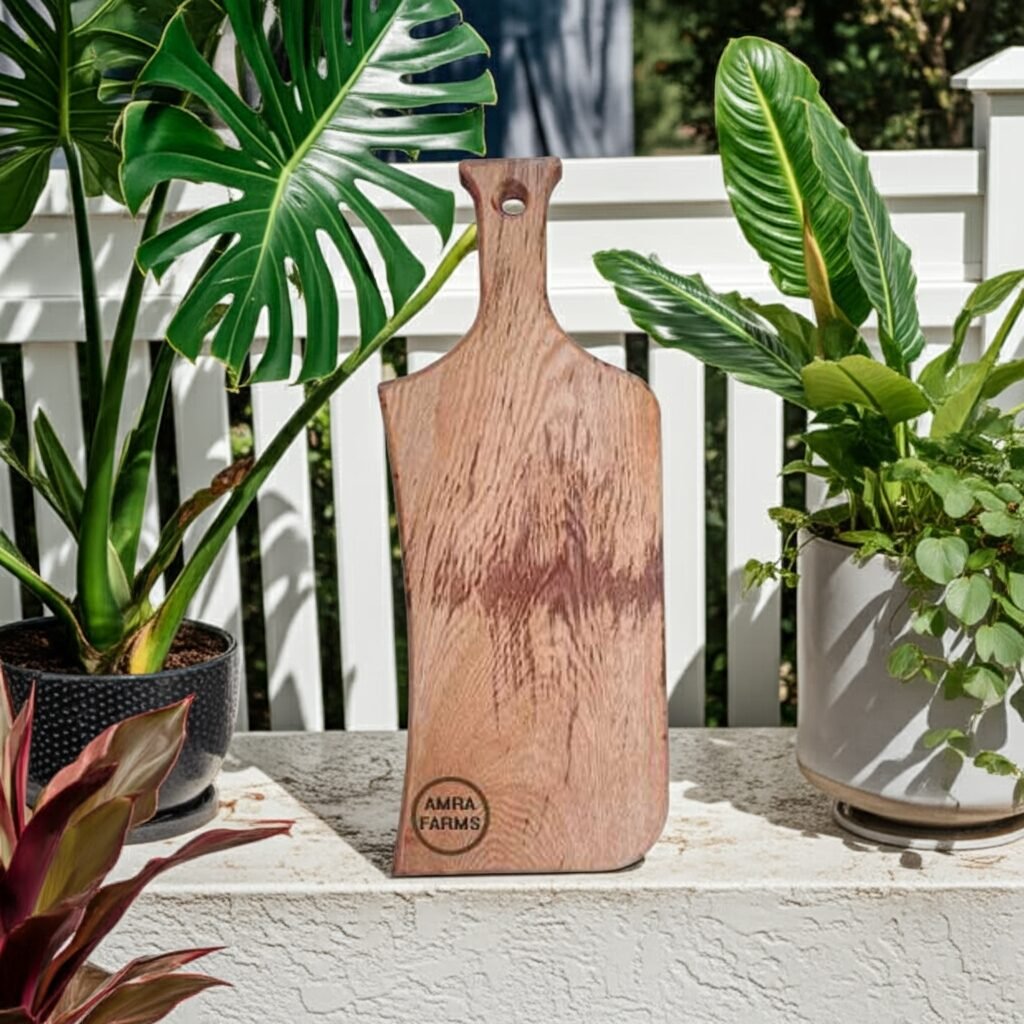
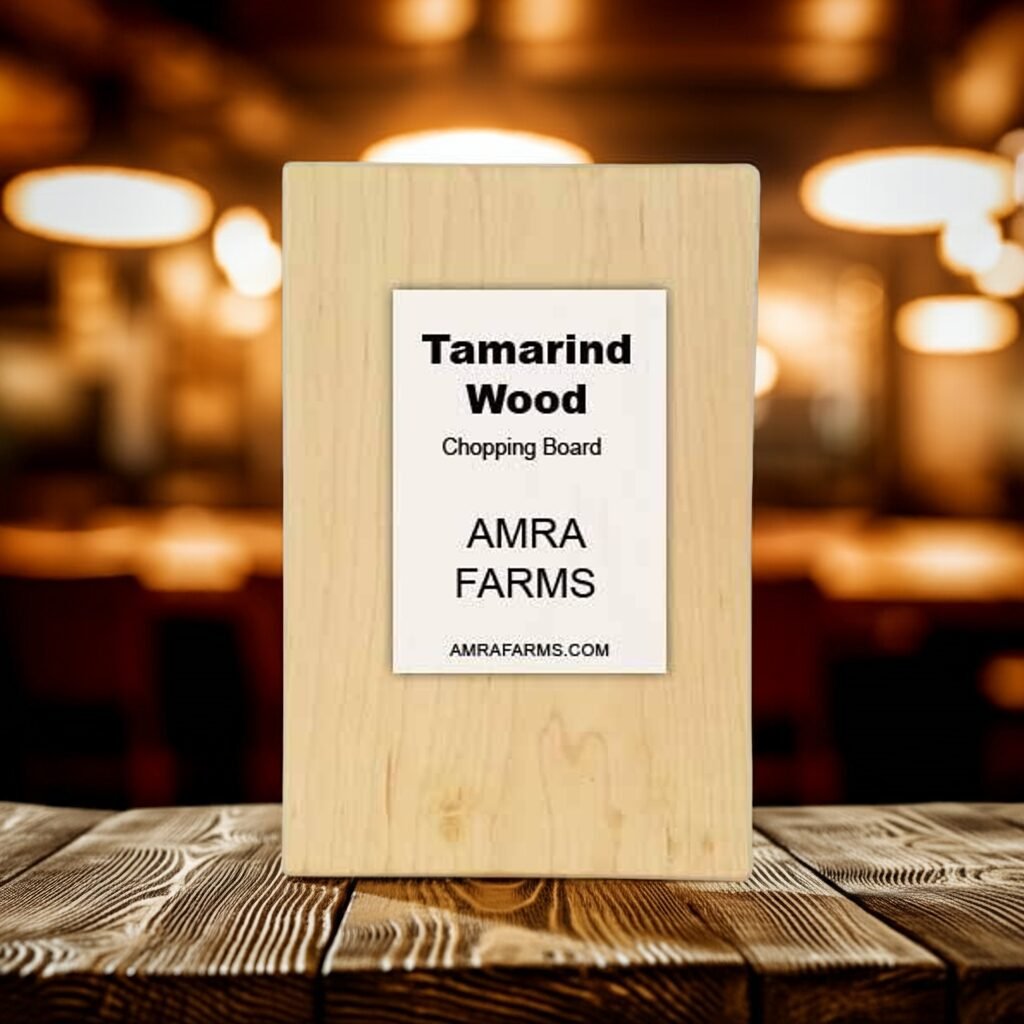
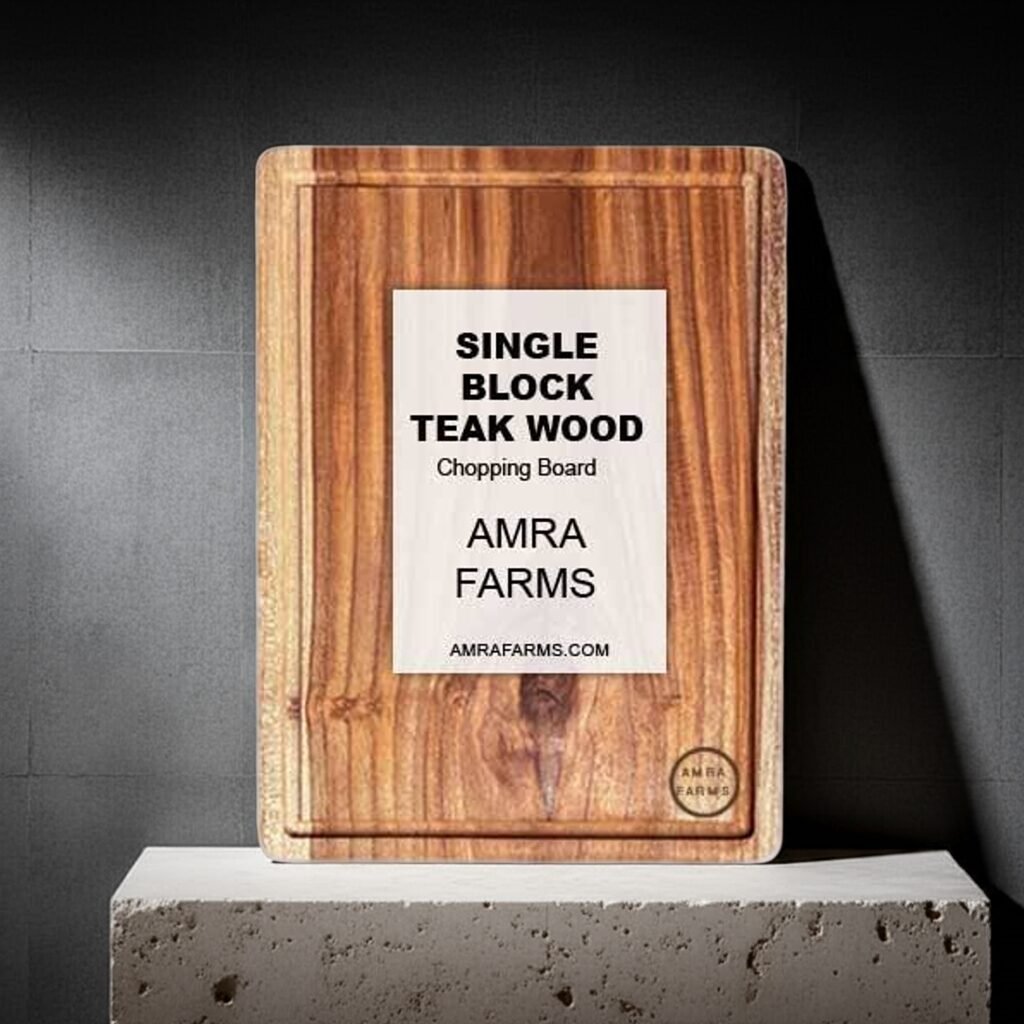

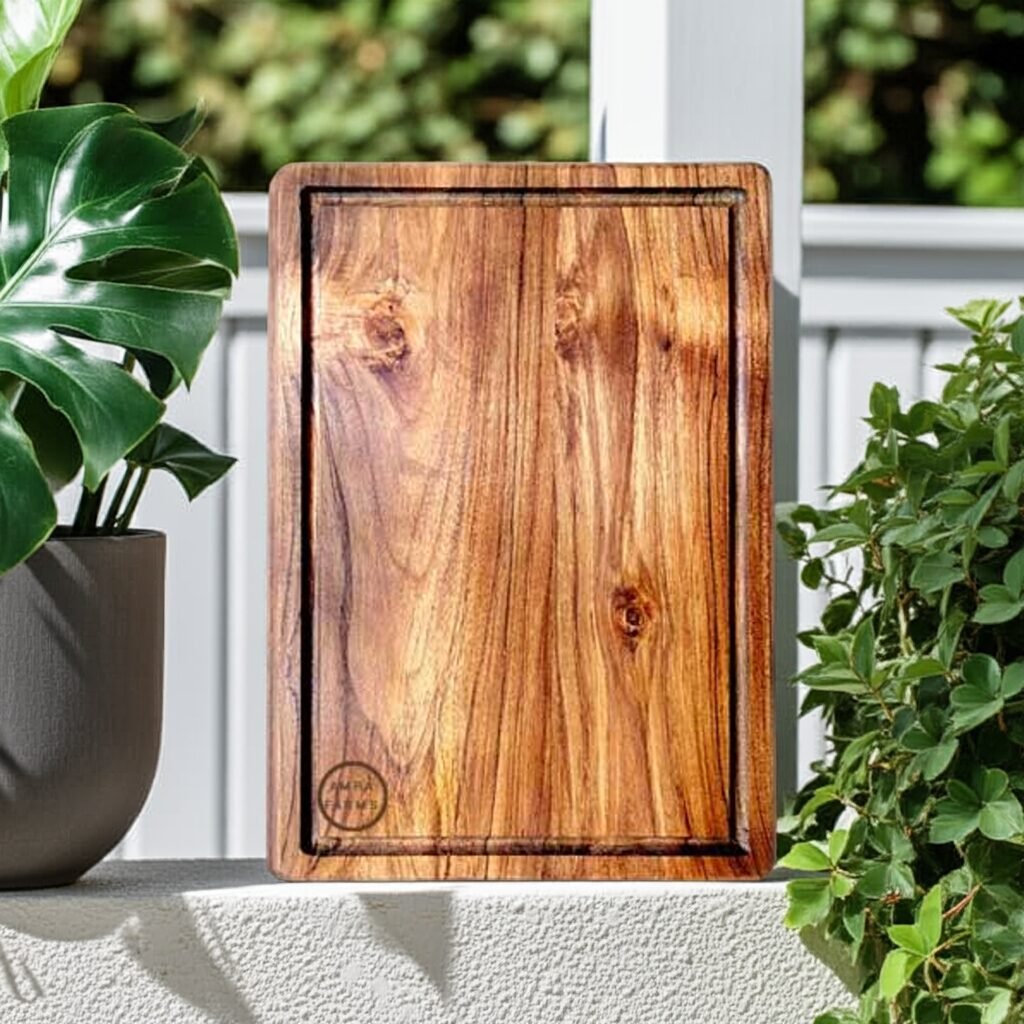
The Key Findings from the Research – Comparing Plastic vs Wooden Chopping Boards
The research indicates that plastic boards are dirtier than most people think. The samples collected indicated that plastic boards showed a higher average bacterial load than wooden boards. Salmonella, in particular, was more prevalent on plastic than wooden boards — accounting for nearly 260 times more count than wooden boards. The difference was highly significant, indicating that plastic surfaces provide a more conducive environment for Salmonella growth.
Why Wooden Boards May Be Safer
Despite the porous nature, wooden boards suppress bacterial growth more effectively than plastic. Studies suggest natural antimicrobial content in wood, like tannins (e.g., teak wood chopping boards), may inhibit bacterial survival. Salmonella was detected in only 2 out of 5 wooden boards. Most wooden boards showed minimal to no growth of Salmonella after 3 days. This contradicts the advice that plastic is safer due to its non-porous surface. In reality, the cuts and grooves in plastic trap bacteria, allowing it to survive over time.
Public Health Indications
Foodborne pathogens like E. coli, Salmonella, and Clostridium perfringens are major causes of gastrointestinal illness worldwide. The United States alone sees 24–81 million cases of foodborne illness annually, with thousands in hospitalisation and even death. Poor chopping board hygiene, especially cross-contamination from raw meat, is a major contributor.
Kitchen Hygiene Tips Based on the Research
For home cooks and restaurant chefs, these science-backed tips can prevent contamination of your boards and keep your food safe from infection:
- Use separate boards for meat and vegetables.
For some, this may not be an option due to constraints in space or budget. In these cases, ensure that you use one side of the board for meat and the other for ready-to-eat food like bread and vegetables. Invest in a reversible wooden chopping board. - Replace old plastic boards:
Old plastic boards with deep cuts and scratches will create a conducive surface for bacteria to thrive. Even deep cleaning with hot water or a dishwasher will not maintain the hygiene of the board for long. - Clean thoroughly:
After each use, clean your board thoroughly with hot water and soap. For wooden boards, rinse well with warm water and mild soap. This is important. Do not leave your boards wet after cutting food. - Sanitize regularly:
Sanitize your board regularly. Use a bleach solution or a vinegar spray to sanitize your plastic boards. For wooden boards, use baking soda with lemon scrub once a fortnight. This is especially important if you use your board to cut meat regularly. - Consider switching to wooden boards for certain tasks:
Switch to a wooden cutting board. They are more affordable, look good, and are safe for cutting meat, especially. - Avoid leaving the board wet and stacked:
After you wash your board, leave it upright to dry or wipe it off with a dry towel. Do not stack other objects onto the board or leave the board unventilated. This allows mould and bacteria to thrive.
Final Thoughts
While research flips conventional kitchen wisdom upside down, indicating plastic boards may not be as safe as we thought, deep grooves harbour dangerous bacteria like Salmonella. Wooden boards, on the other hand, surprisingly offer a natural defence—possibly due to their antimicrobial properties. Just rinse the board thoroughly with mild soap and sanitize your board frequently to ensure your cutting boards are healthy and hygienic to use.
Reference :
Stanley J. Bergey’s Manual of Determinative Bacteriology, 8th Ed., 1995
CDC.gov: Food Safety and Salmonella Prevention Guidelines
Categories
Products
- Buy Wooden Vegetable Cutting Boards Online
- Wooden Kitchen Accessories & Tools
- Buy Butcher Block & Meat Cutting Boards Online
- Buy Premium Wooden Chopping Boards Online
- Buy The Best Teak Wood Cutting Boards Online In India
- Buy Wooden Cutting Boards With Handle For Kitchen
- Mango Wood Chopping Boards
- Tamarind Wood Chopping Boards
- Wooden Platter Boards , Pizza Platters & Charcuterie Boards
Recent Posts
- Best material for Cutting boards – top 5 materials compared
- Why is tamarind wood Preferred for cutting meat and vegetables in India?
- Wooden chopping boards, the construction and trends that affect your purchase
- Market and usage statistics on wooden chopping boards – Fascinating Market insights and trends you can’t ignore
- Chopping Boards for Traditional Indian Pickling – Avoiding Contamination with Tamarind & Teak Boards
